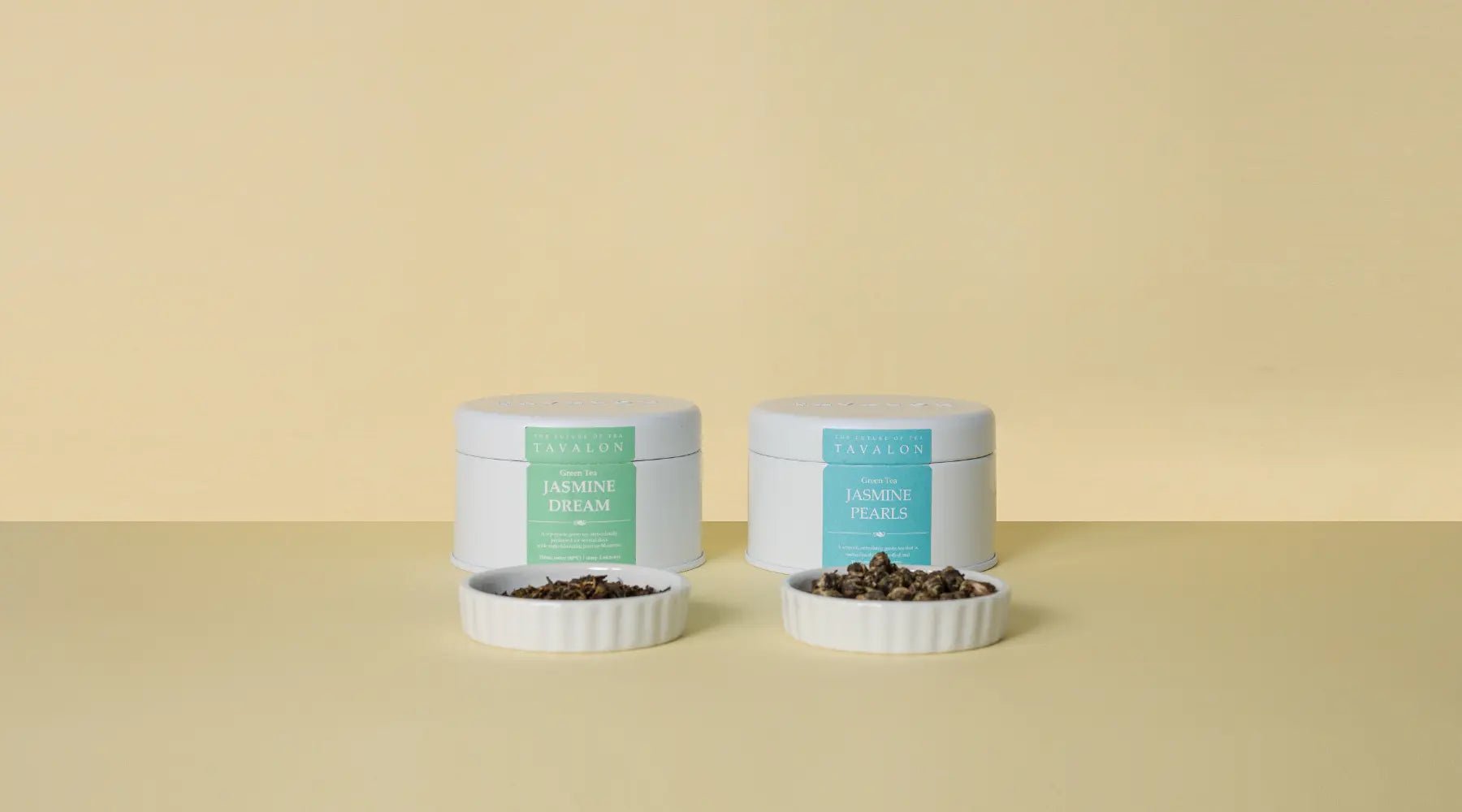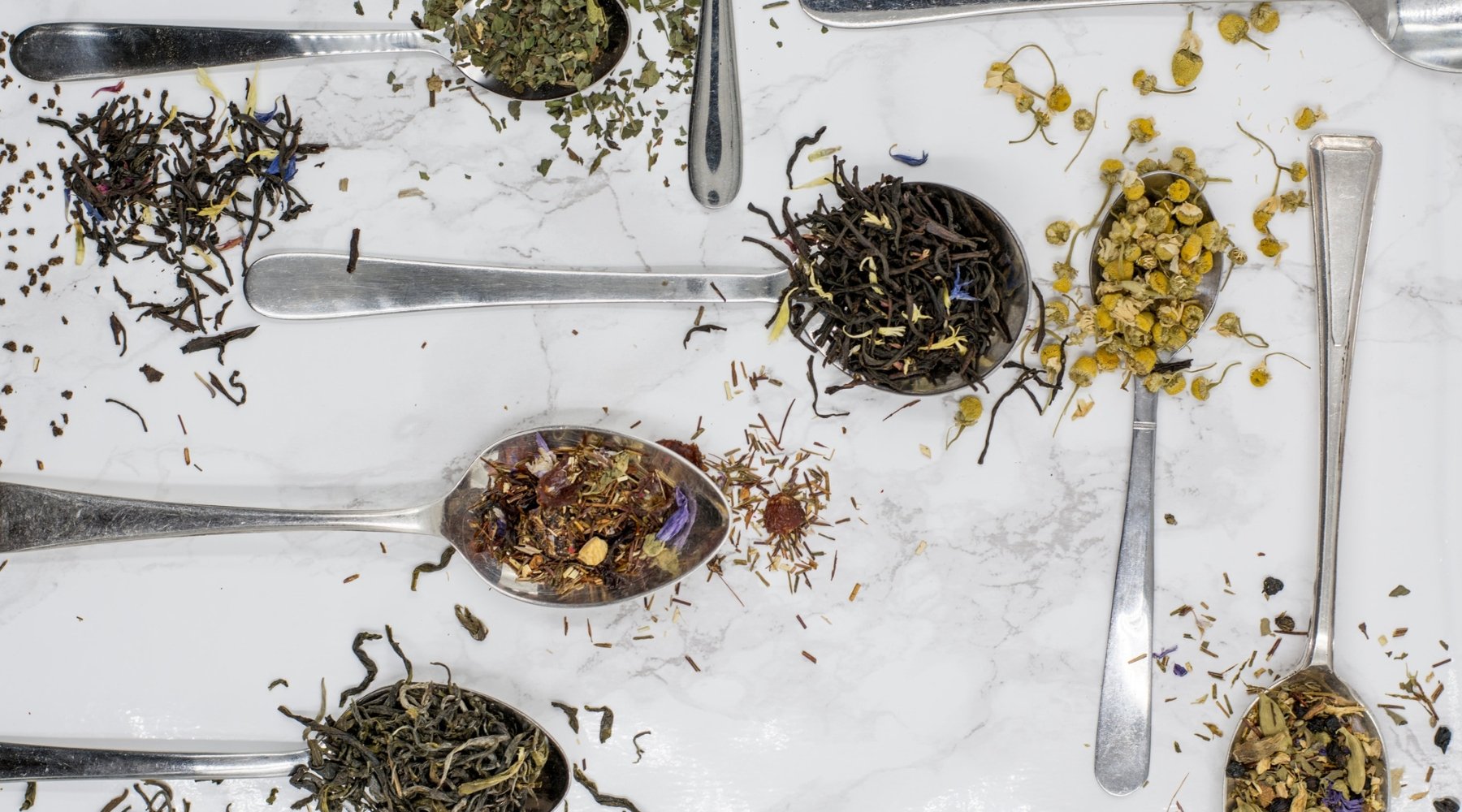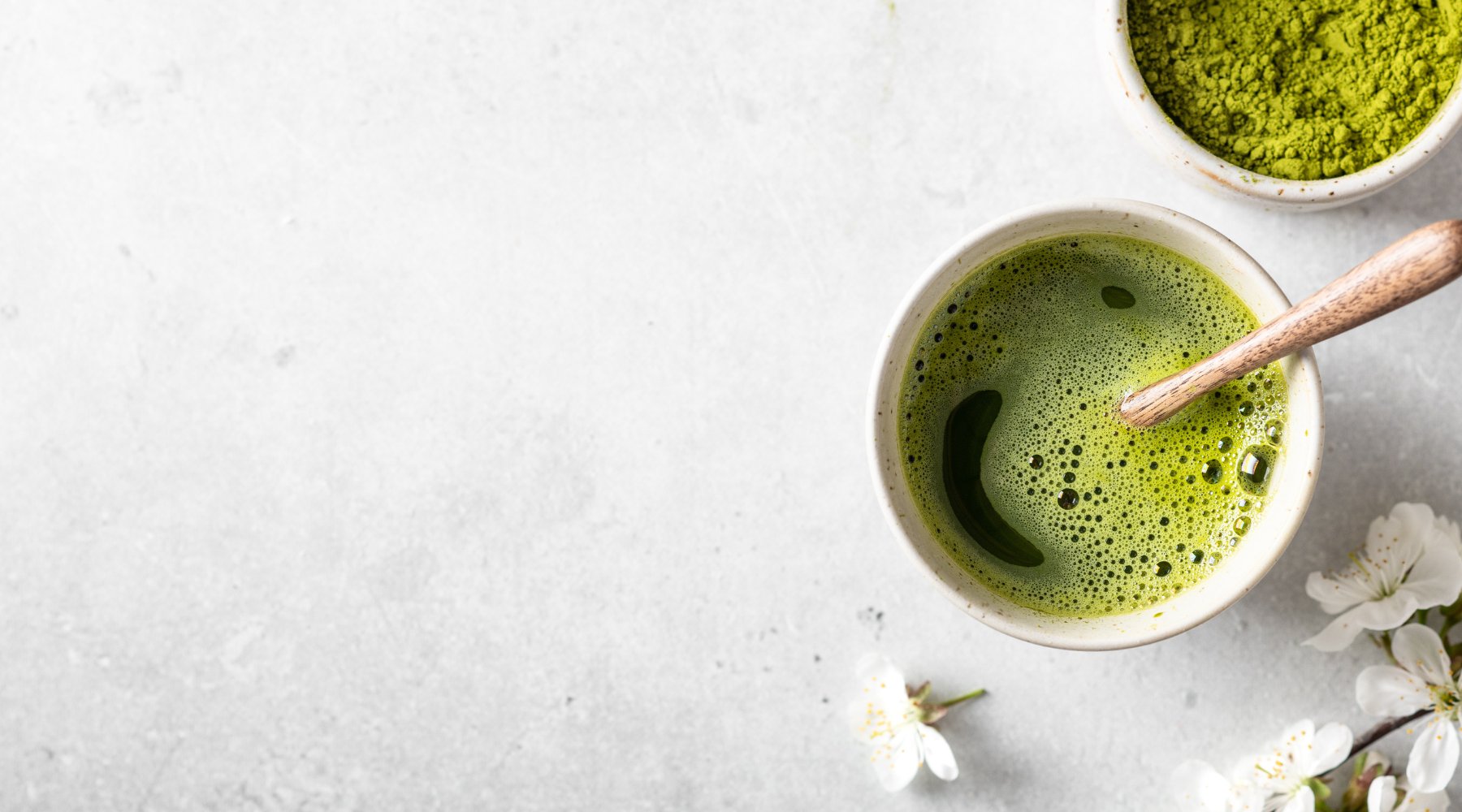
Tea Region Series: Chinese Tea, Its History and Tea Types
A beverage consumed second only to plain water.
With a history spreading across many cultures over the course of thousands of years, tea was found and consumed in China centuries before it had even been heard of in the west.
Deeply woven into the history and culture of China, tea is deemed one of the seven necessities of Chinese life. The rest include firewood, rice, oil, salt, soy sauce and vinegar.
The first teas were cultivated in China around six millennia ago. As the birthplace of tea, China still ranks as the largest producer of tea among the top tea cultivating regions across the globe.
As the first people who domesticated wild tea plants and cultivated them for commercial purposes, the Chinese currently produce 35 percent of the world’s total tea (over 2 million tonnes per year). They also rank as one of the biggest tea consumers, drinking around 1.6 billion pounds of tea leaves every year.
So, it’s only fitting to kick off our Tea Region Series with China. We’ll first explore the history of tea (Chinese tea) briefly and wrap up everything with a list of top 5 Chinese teas.
A Brief History of Tea: China as the Oldest Tea Region in the World
Almost unanimously hailed as the home of tea, China boasts a fascinating history when it comes to tea and its origins. Legend has it that it was Chinese Emperor Shen Nong who first discovered tea in 2737 BC. A leaf accidentally fell from a nearby tree into the water the emperor was boiling.
A seasoned herbalist, the Emperor decided to sip the boiling infusion created by mere chance. But, why was he boiling water in the first place? Well, it seems the Emperor was concerned about hygiene, thus decreeing all drinking water to be first boiled.
According to historian Shunan Teng, the very first cultivation of tea dates back to around 6000 years ago, when tea leaves were primarily cooked as vegetables or eaten with porridge in China. However, tea was initially considered as a medicinal herb with mild stimulatory qualities. Gradually – over the course of centuries – it became a beverage relished for its delicate flavours.
The first account unequivocally pointing to consumption of tea comes from an employment contract from 2000 thousands years ago, says Lawrence Zhang, a historian at the Hong Kong University of Science and Technology. “One of the things the servant was supposed to do was go to market and buy this plant for his master.”
However, it’s still not clear when, where and why tea was first domesticated. This most probably occurred long before reliable written records started to b
The first published account of methods of planting, processing, and drinking tea go back to 350 CE.
Fast-Forwarding Through the History of Tea from China
The history of tea is more straightforward and documented as it spread from China to the rest of the world. Containers of tea in tombs dating back to the Han dynasty (206 BC - 220 AD) have been found, pointing to the consumption of tea to at least 1800 years ago. We also know that tea became the national drink of China under the Tang dynasty (618-906 AD).
There is another concrete piece of evidence referring to tea; during the late eighth century, a writer called Lu Yu wrote the first book about tea, which is totally about tea, the Ch'a Ching, or Tea Classic.
Around 800 CE, a Buddhist monk brought the first seeds to Japan. It was the Dutch who brought the first consignment of tea from China to Europe in the 1600s. There are brief mentions of tea as a classy beverage among Europeans in the latter half of 16th century, especially among the Portuguese.
However, after establishing a trading post on the island of Java, the Dutch were the first Eurpeans who imported tea. From there, the new commodity spread to other parts of the Western Europe and was regarded as a drink for the wealthy.
About 50 years later, the British are thought to have started drinking tea, still far from the nation of tea drinkers they are today. It seems that sailors from the British East India Company first introduced tea into Britain, simply bringing them home as gifts or souvenirs.
But, an advert in a London newspaper, Mercurius Politicus, from September 1658, directly refers to tea as “China Drink, called by the Chinese, Tcha, by other Nations Tay alias Tee” and promote the sale of tea at a coffee house in Sweeting's Rents.
For the beverage to become popular in Britain, a turning point was still necessary. The marriage of Charles II to Catherine of Braganza, the Portuguese princess, proved to be that defining moment that served tea and its position well.
A fervent tea lover, she introduced tea as a fashionable beverage at court and among the wealthy. The East India Company saw an opportunity in this and started importing China tea.
And the rest is history!
Scientific Explanation to the Origin of Tea from China
Besides written records, some archaeological evidence also refers to the origin of tea belonging to China and going back as far as around 2000 years ago.
In a 2016 study, the distinctive molecular components of tea were found in a plant matter collected in northeastern China and Tibet. The radiocarbon dating estimated that the first teas actually date back to about 2100 years ago.
For more accurate evidence and the earlier phases of the history of tea, scientists are studying the DNA of today’s tea plants.
The Tea Shrub Originating from China
The original evergreen tea shrub is native to the area between China’s Yunnan Province and India’s Nagaland region and the northern areas of Myanmar, Thailand, Laos, and Vietnam.
Tea, in its purest form, comes from a single plant species called Camellia sinensis. But, most teas are made from two main varieties of this plant: sinensis var. sinensis (Chinese) and sinensis var. assamica (Assam).
Tea trees can grow to reach about three to four metres tall and even taller in some varieties. That’s one of the reasons tea farmers regularly prune them into bushy rows of shrubs, making it easy to pick young leaves that sprout up on top of the plucking table.
Tea farmers also crossbreed these two major tea plant varieties to achieve preferred qualities in their teas such as more aromatic complexity or stronger sub-varieties to thrive in different tea regions.
Tea Cultivating Regions in China
As the largest producer and exporter of tea in the world, China must owe its success to the wealth of the farms scattered across the vast country, especially throughout the southern provinces, ranging from large plantations to small and family-run farms.
The four major tea cultivating regions in China include Jiangbei (north of Yangtze river), Jiangnan (south of Yangtze river), Southern China, and Southwest China.
There are 17 provinces and populations engaged in tea production in China: Anhui, Fujian, Gansu, Guangdong, Guangxi Zhuang, Guizhou, Hainan, Henan, Hubei, Hunan, Jiangsu, Jiangxi, Shaanxi, Shandong, Szechwan, Yunnan, and Zhejiang.
Main Types of Chinese Tea
China is famed for its wide variety of tea types. But, it was not until the 17th century that the Chinese turned their attention from only green tea to the cultivation of other types of tea. Chinese tea is broadly classified into five categories: oolong, green, black, white and rare yellow teas.
And most of the tea growing regions specialise in a certain tea type. For example, while the Phoenix Mountains in Guangdong produce some of the best oolong teas in the world, Yunan and Hunan primarily cultivate the finest black teas.
Top 7 Premium Chinese Teas by Tavalon Tea Australia & New Zealand
Now that we’ve covered Chinese tea in the first episode of our Tea Region Series, it’s time to introduce some of Tavalon’s most exquisite Chinese teas. Regardless of their types, all of our Chinese teas have been procured and handcrafted by our world-class tea sommelier and have passed rigorous testing.
Jasmine Dream
A Chun Hao grade green tea from the Fujian province of China. Sweet and floral, our Jasmine Dream is perfumed with night-blooming jasmine blossoms to create a sublime taste and aroma.
Pure Green
The finest, purest green tea from the Fujian province of China. Boasting a naturally light flavour and aroma, Pure Green brims with antioxidants and boosts your well-being and energy levels.
Organic Ripe Pu'er
Exquisite and unique fermented black tea from China’s Yunnan province. Pu-erh tea is believed to be a beverage dating back to 5000 years ago. Organic Ripe Pu'er helps curb your appetite while controlling your blood sugar.
Jasmine Pearls
A mild and refreshing green tea from China, Jasmine Pearls is perfumed with jasmine blossoms and is very soft scented.
Lemon Green
A combination of Green Tea and Lemongrass, Lemon Green is the perfect tea blend for boosting your energy levels and detoxifying your body. Light and sweet.

Silver Needle
This is the best and purest white tea, hailed as the epitome of all premium white teas. To make Silver Needle, only the downy buds are dried.
Great White
A Pai Mu Tan white tea from China with a mellow yet sophisticated blend of herbal and fruit flavours. Great White is invigorating, benefiting the mind, body, and soul in myriad ways. Subtle floral aroma and a sweet aftertaste.
Basic Steeping Suggestions for All 7 Premium Chinese Teas by Tavalon
- 240 ml water (80ºC)
- 1 tsp loose tea
- Steep for 3 minutes









Leave a comment
This site is protected by hCaptcha and the hCaptcha Privacy Policy and Terms of Service apply.